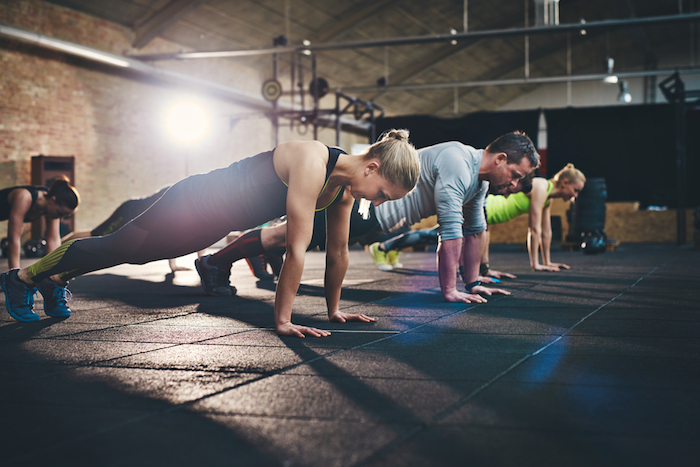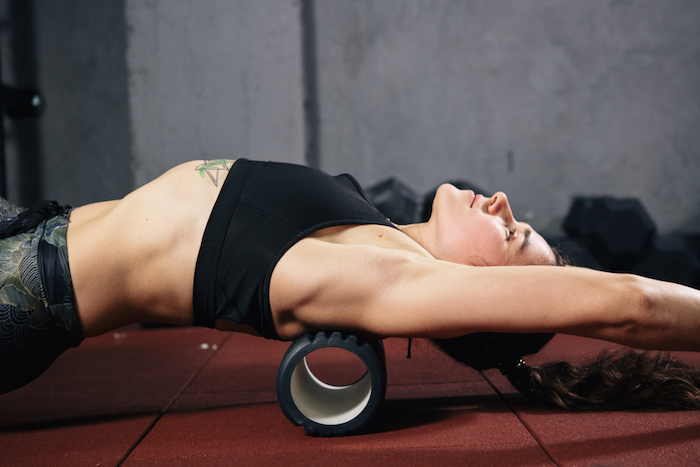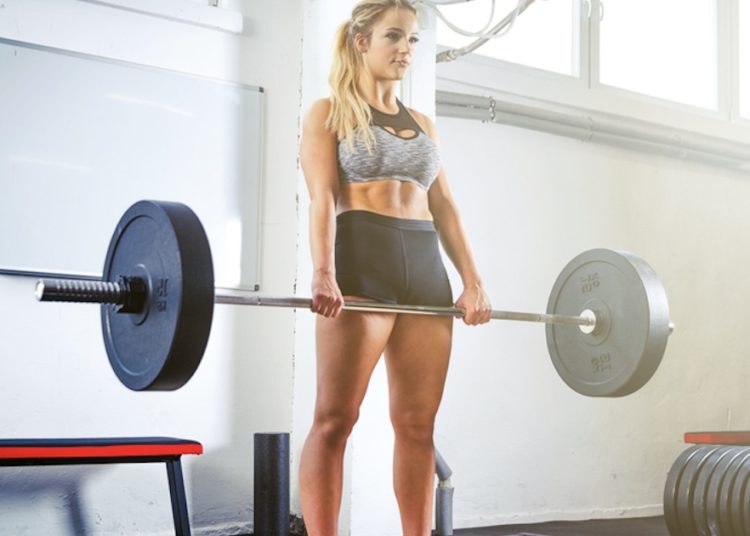The vast majority of your training should be based around the big three of
- Strength
- Mobility
- Body composition
For many athletes and regular folk, ‘training gaps’ appear because they chase certain exercise goals and push other areas of their fitness to the side. For instance, chasing a bigger deadlift or any other big strength movement often means that fat loss isn’t a priority.
There are few tests to determine whether you have training gaps, but for the sake of keeping it simple, measurable, and easy to test, here are a few assessments I use with my clients, which draw heavy inspiration from celebrated strength coach Dan John.
After completing these tests, your training gaps will become obvious.
Editor’s note: This article is an op-ed. The views expressed herein and in the video are the author’s and don’t necessarily reflect the views of BarBend. Claims, assertions, opinions, and quotes have been sourced exclusively by the author.
1. Strength
No one goes to the gym thinking “I’m here to get weaker today.” The whole point of picking things up and putting them down is to get stronger. Being stronger makes life in and out the gym easier and more satisfying. But make sure you can complete these two tests before accelerating your training.

2-minute push-up position plank
This one is straight from world-renowned spine expert Dr. Stuart McGill’s lab. Can you hold a plank for 120 seconds? This test will challenge your mental and physical capacity.
What does not reaching the 2-minute mark tell you? You’re not strong enough.
Think about it: applying force to gravity (lifting weights) means resisting gravity is essential too. If you haven’t got the strength to resist gravity, you’re building a body on a shaky foundation.
A good, 40-yard farmer’s walk
The Farmer’s walk will challenge your grip, posture and overall conditioning. This is the perfect recipe for getting stronger. Grip and posture is usually taken for granted, but play a big role in your gains, in preventing disability, and improving your quality of life.(1)
Loading for this test is tricky. If you’re deconditioned or new to this exercise, use 30-40% of your body weight (dumbbell) in each hand. If you’re an experienced lifter, use the standards from Dan John’s Mass Made Simple.
Bodyweight Load
– Under 135 pounds 135 pounds (or 65/70-pound dumbbells)
– 136-185 pounds 185 pounds (or 90/95-pound dumbbells)
– 186-205 pounds 205 pounds (or 100-pound dumbbells)
– Over 206 pounds 225 pounds (or 110-pound dumbbells)
If you cannot walk at least 40 yards with your prescribed weight, you definitely need to work of your strength and do more carries.
[Learn more: 7 serious benefits of the farmer’s walk.]

2. Mobility
It’s hard to get a consensus on mobility among fitness experts, but a couple of things most professionals agree on are:
- You need good mobility through the hips to squat and deadlift without risking your spine
- If you can’t get your arms above your head and biceps by your ear without extending your lower back or sticking out your ribcage, you shouldn’t lift things overhead
Furthermore,
- Can you touch your hands to your toes?
- Can you raise your arms above your head without any of the assistance previously described?
If you can, you’re good to deadlift, squat and press overhead. If you cannot do one or both, you’ve got mobility work to do.
Let’s take this a step further with a sit and rise test. Stop reading and sit down to the ground and then stand back up without using your hands or knees.
It sounds simple but there’s a catch. You will subtract a point from 5 each time your hand or knee touches the ground. So:
Sit down on the ground: (- 1 point out of 5 for each hand/knee that touches the ground)
Get up (same rules)
Total: (Your score out of 10)
If you get a score of 8 and above, you’ve got nothing to worry about. If you score 7 or below, mobility and strength work will be your best friend. Your quality and quantity of life will depend on it.(2)
Nikolas_jkd / Shutterstock
3. Body composition
The American Council on Exercise has the following categories for body fat percentage:
Essential Fat
Men: 2 – 5%
Women 10 – 13%
Athletes
Men: 6 -13%
Women: 14-20%
Fitness
Men: 14-17%
Women: 21-24%
Average
Men: 18-24%
Women: 25-31%
Obese
Men: 25%+
Women: 32%+
This is a great guide; however, for some (particularly those starting out on their lifting journey or who don’t have access to body fat testing equipment) there’s an easier way to determine whether fat loss is your goal:
Is your waistline half of your height?

Dr. Margaret Ashwell, former director of the British Nutrition Foundation stated, “Keeping your waist circumference to less than half your height can help increase life expectancy for every person in the world.”(3)
Measure around the narrowest part of your abdominal area and with a little math you’ll have your answer. For example, a passing grade would be:
- 72 inches (6 feet) tall with a 36-inch waistline
A failing grade is:
- 72 inches tall (6 feet) with a 38-inch waistline
Abdominal fat in and around the internal organs spells danger. If your waistline is more than half your height, you need to base you’re training around fat loss with a touch of strength.
Wrapping up
After concentrating on training your weakness for 6-12 weeks, please retake the tests to see if you’ve made improvements. If you have, keep going but if you haven’t, change what you’re doing because it’s not working.
If you passed all these tests, congratulations. If not, minding these training gaps will help you become a stronger and more resilient human being.
Featured image via Flamingo Images/Shutterstock
References
1. Lancet. 2015 Jul 18;386(9990):266-73. doi: 10.1016/S0140-6736(14)62000-6. Epub 2015 May 13. Prognostic value of grip strength: findings from the Prospective Urban Rural Epidemiology (PURE) study.
2. Eur J Prev Cardiol. 2014 Jul;21(7):892-8. doi: 10.1177/2047487312471759. Epub 2012 Dec 13. Ability to sit and rise from the floor as a predictor of all-cause mortality. Brito LB1, Ricardo DR2, Araújo DS3, Ramos PS2, Myers J4, Araújo CG5.